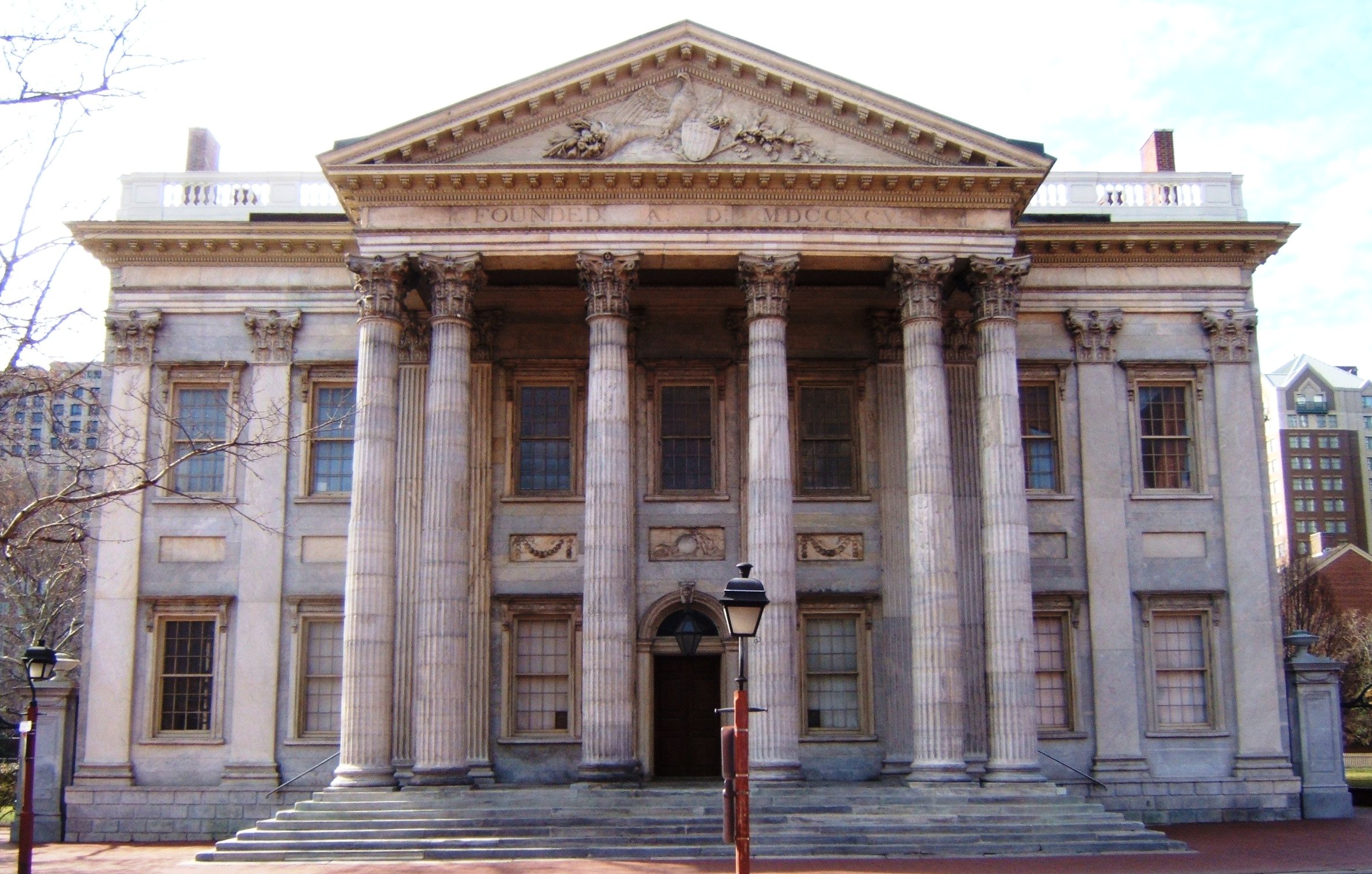|
Substitute Check In United States
A substitute check (also called an Image Replacement Document or IRD) is a negotiable instrument that is a digital reproduction of an original paper check. As a negotiable payment instrument in the United States, a substitute check maintains the status of a "legal check" in lieu of the original paper check. The formation and use of substitute checks are authorized under the Check Clearing for the 21st Century Act (the Check 21 Act). Instead of presenting the original paper checks, financial institutions and payment-processing centers electronically transmit data during the settlement process. Substitute checks are processed for settlement through the United States Federal Reserve System or by clearing deposits of these payment instruments on the basis of private agreements between member financial institutions. Financial institutions that process substitute checks according to these private agreements are typically members of a clearinghouse that operates under the Uniform Comme ... [...More Info...] [...Related Items...] OR: [Wikipedia] [Google] [Baidu] |
Substitute Check
A substitute check or cheque, also called an image cash letter (ICL), clearing replacement document (CRD), or image replacement document (IRD), is a negotiable instrument used in electronic banking systems to represent a physical paper cheque (check). It may be wholly digital from payment initiation to clearing and settlement or it may be a digital reproduction ( truncation) of an original paper check. Standards and formats Software Software consists of computer programs that instruct the Execution (computing), execution of a computer. Software also includes design documents and specifications. The history of software is closely tied to the development of digital comput ... providers have developed "Virtual Check 21" standards within electronic banking systems which allows creation and submission of demand draft documents to the bank of deposit. Standards may include: * Remotely created checks (RCC) * X9.37 files Geographical significance United States The begi ... [...More Info...] [...Related Items...] OR: [Wikipedia] [Google] [Baidu] |
Warrant Of Payment
In financial transactions, a warrant is a written order by one person that instructs or authorises another person to pay a specified recipient a specific amount of money or supply goods at a specific date. A warrant may or may not be negotiable instrument, negotiable and may be a bearer instrument that authorises payment to the warrant holder on demand or after a specific date. Governments and businesses may pay wages and other accounts by issuing warrants instead of cheques. History Warrants were used in the 18th century by the military to authorize payments to soldiers and suppliers. George Washington, for example, signed warrants that ordered quartermasters to deliver money or acquire supplies. These warrants were used by quartermasters to issue vouchers to acquire food, supplies, munitions, clothing, transportation, etc., for the use of the American military and to maintain Washington's headquarters. Warrants could be redeemed by the army paymasters, but most often they were ... [...More Info...] [...Related Items...] OR: [Wikipedia] [Google] [Baidu] |
Cheques
A cheque (or check in American English) is a document that orders a bank, building society, or credit union, to pay a specific amount of money from a person's account to the person in whose name the cheque has been issued. The person writing the cheque, known as the ''drawer'', has a transaction banking account (often called a current, cheque, chequing, checking, or share draft account) where the money is held. The drawer writes various details including the monetary amount, date, and a payee on the cheque, and signs it, ordering their bank, known as the ''drawee'', to pay the amount of money stated to the payee. Although forms of cheques have been in use since ancient times and at least since the 9th century, they became a highly popular non-cash method for making payments during the 20th century and usage of cheques peaked. By the second half of the 20th century, as cheque processing became automated, billions of cheques were issued annually; these volumes peaked in or a ... [...More Info...] [...Related Items...] OR: [Wikipedia] [Google] [Baidu] |
Banking In The United States
In the United States, banking had begun by the 1780s, along with the country's founding. It has developed into a highly influential and complex system of banking and financial services. Anchored by New York City and Wall Street, it is centered on various financial services, such as private banking, asset management, and deposit security. The beginnings of the banking industry can be traced to 1780 when the Bank of Pennsylvania was founded to fund the American Revolutionary War. After merchants in the Thirteen Colonies needed a currency as a medium of exchange, the Bank of North America was opened to facilitate more advanced financial transactions. As of 2018, the largest banks in the United States were JPMorgan Chase, Bank of America, Wells Fargo, Citigroup, and Goldman Sachs. As of March 2024, there were 4,587 FDIC insured commercial banks and savings institutions in the U.S. History Merchants traveled from Britain to the United States and established the Bank of Pennsyl ... [...More Info...] [...Related Items...] OR: [Wikipedia] [Google] [Baidu] |
Remote Deposit
Remote deposit or mobile deposit is the ability of a bank customer to deposit a cheque into a bank account from a remote location, without having to physically deliver the cheque to the bank. This was originally accomplished by scanning a digital image of a cheque into a computer then transmitting that image to the bank, but is now accomplished with a smartphone. The practice became legal in the United States in 2004 when the '' Check Clearing for the 21st Century Act'' (Check 21 Act) took effect, though banks are not required to implement the system. This service was originally used primarily by businesses with dedicated check scanners, but with the spread of smartphones and mobile banking it is now common in consumer banks. History Remote deposits became legal in the United States in 2004 when the ''Check Clearing for the 21st Century Act'' (or Check 21 Act) went into effect. The Act is intended in part to keep the country's financial services operational in the event of ... [...More Info...] [...Related Items...] OR: [Wikipedia] [Google] [Baidu] |
Cheque Truncation
Cheque truncation (check truncation in American English) is a cheque clearance system that involves the digitization of a physical paper cheque into a substitute electronic form for transmission to the paying bank. The process of cheque clearance, involving data matching and verification, is done using digital images instead of paper copies. Cheque truncation reduces or eliminates the physical movement of paper cheques and reduces the time and cost of cheque clearance. Cheque truncation also offers the potential reduction in settlement periods with the electronic processing of the cheque payment system. History For cheque clearance, a cheque has to be presented to the drawee bank for payment. Originally, this was done by taking the cheque to the drawee bank, but as cheque usage increased, this became cumbersome and banks arranged to meet each day at a central location to exchange cheques and receive payment in money. This became known as central clearing. Bank customers who r ... [...More Info...] [...Related Items...] OR: [Wikipedia] [Google] [Baidu] |
Deposit Account
A deposit account is a bank account maintained by a financial institution in which a customer can deposit and withdraw money. Deposit accounts can be savings accounts, current accounts or any of several other types of accounts explained below. Transactions on deposit accounts are recorded in a bank's books, and the resulting balance is recorded as a liability of the bank and represents an amount owed by the bank to the customer. In other words, the banker-customer (depositor) relationship is one of debtor-creditor. Some banks charge fees for transactions on a customer's account. Additionally, some banks pay customers interest on their account balances. Types of accounts * How banking works In banking, the verbs "deposit" and "withdraw" mean a customer paying money into, and taking money out of, an account, respectively. From a legal and financial accounting standpoint, the noun "deposit" is used by the banking industry in financial statements to describe the liability ... [...More Info...] [...Related Items...] OR: [Wikipedia] [Google] [Baidu] |
Expedited Funds Availability Act
The Expedited Funds Availability Act (EFA or EFAA) was enacted in 1987 by the United States Congress for the purpose of standardizing hold periods on deposits made to commercial banks and to regulate institutions' use of deposit holds. It is also referred to as Regulation CC or Reg CC, after the Federal Reserve regulation that implements the act. The law is codified in Title 12, Chapter 41 of the US Code and Title 12, Part 229 of the Code of Federal Regulations. Disclosure Financial institutions must disclose their hold policies to all account holders, and make the policy available in written form upon request by any customer. It must also be provided at the time of opening of all new accounts. Additional disclosures are required on deposit slips, at automated teller machines, and when the policy is changed in any way. Types of hold Regulation CC stipulates four types of holds that a bank may place on a check deposit at its discretion. Each has its own qualifications and ... [...More Info...] [...Related Items...] OR: [Wikipedia] [Google] [Baidu] |
Truncation (banking)
Cheque truncation (check truncation in American English) is a cheque clearance system that involves the digitization of a physical paper cheque into a substitute electronic form for transmission to the paying bank. The process of cheque clearance, involving data matching and verification, is done using digital images instead of paper copies. Cheque truncation reduces or eliminates the physical movement of paper cheques and reduces the time and cost of cheque clearance. Cheque truncation also offers the potential reduction in settlement periods with the electronic processing of the cheque payment system. History For cheque clearance, a cheque has to be presented to the drawee bank for payment. Originally, this was done by taking the cheque to the drawee bank, but as cheque usage increased, this became cumbersome and banks arranged to meet each day at a central location to exchange cheques and receive payment in money. This became known as central clearing. Bank customers who re ... [...More Info...] [...Related Items...] OR: [Wikipedia] [Google] [Baidu] |
Credit Union
A credit union is a member-owned nonprofit organization, nonprofit cooperative financial institution. They may offer financial services equivalent to those of commercial banks, such as share accounts (savings accounts), share draft accounts (checking account, cheque accounts), credit cards, Credit (finance), credit, share term certificates (Certificate of deposit, certificates of deposit), and online banking. Normally, only a member of a credit union may deposit account, deposit or loan, borrow money. In several African countries, credit unions are commonly referred to as ''SACCOs'' (''savings and credit co-operatives''). Worldwide, credit union systems vary significantly in their total assets and average institution asset size, ranging from volunteer operations with a handful of members to institutions with hundreds of thousands of members and assets worth billions of US dollars. In 2018, the number of members in credit unions worldwide was 375 million, with over 100 millio ... [...More Info...] [...Related Items...] OR: [Wikipedia] [Google] [Baidu] |


